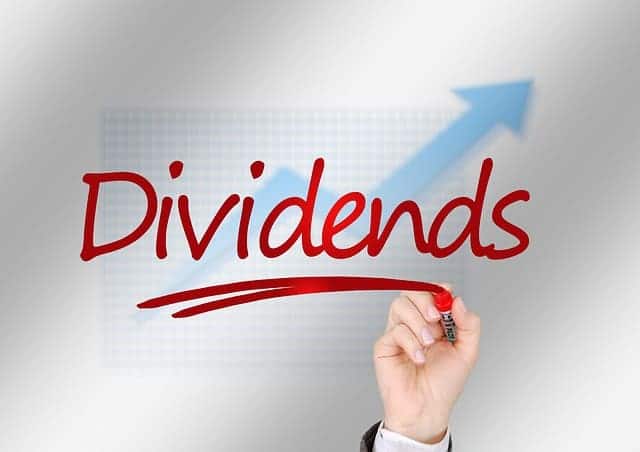If you’re one of the income investors whose lifestyle could use a jolt, you may want to consider giving yourself a raise by opting for higher-yielding securities. But be careful! Doing so may expose your portfolio to exorbitant amounts of risk if you don’t fully do your homework and end up with a value trap that will only slash its dividend or distribution down the road.
While it may seem like dividend safety, the number one factor to be aware of with artificially high yielding stocks is that there are many other factors to consider before re-allocating your capital toward a higher income play.
What’s an artificially high yielder?
It’s essentially a stock whose yield has swelled up well above where it was normally intended to go at the time of the last dividend raise (or initial instantiation). Many retired income investors rely on the 4% rule, but many stocks have yields that are well above 5% that are still deemed completely safe.
When it comes to +10% yielders, however, the payouts may seem too good to be true — and in most cases, they are. Although a company’s (free cash flow) payout ratio may suggest that the dividend or distribution is safe, many of the stocks with such yields are already severely battered and may be exhibiting a considerable amount of negative momentum. In other words, they’re falling knives whose businesses are likely in some sort of trouble.
Thus, it’s not as simple as determining whether or not a dividend payout is safe because if the stock price continues to depreciate, your high yield won’t mean much if a stock continues to collapse, thereby driving your total returns into the negatives.
Some income investors only care about the payout and couldn’t care less about the trajectory of the stock, but if a stock continues to tumble over the long-term and the underlying business weakens further, a dividend cut may be more probable over the medium to long-term in spite of its near-term sustainability.
Thus, with no long-term catalysts or means of bouncing back, an income investor should consider taking a raincheck until a formidable thesis can be formed because without one, an investor would simply be speculating, not investing.
Consider Alaris Royalty Corp. (TSX:AD), a provider of capital to private businesses that collects fat royalty cheques on a monthly basis. The stock currently has a massive 10.15% yield, and although management has demonstrated its commitment to diversifying its portfolio of private businesses, all it takes is one or two bad eggs to spoil the bunch.
A couple of bad eggs
Indeed, this is what’s happened with Alaris and some of its delinquent partners in the past. Higher yield implies a significantly higher degree of risk, and as fellow Fool contributor Kay Ng pointed out, two partners in KMH and S.M. Group were both major disappointments that played a role in Alaris’ sub-par first quarter.
With the payout ratio hovering around 90%, Ng believes the dividend is safe; however, longer-term investors may want to exhibit extreme caution because as I’ve mentioned in a previous piece, Alaris’ management team appears to be a jack of all trades and master of none regarding analyzing and investing in private equity firms, which span a broad range of industries from IT consulting to consumer products.
Sure, management has done their due diligence with every investment; however, I believe the company would have been far more successful had it focused on a single industry in order to better recognize and forecast industry trends.
As such, I’m not at all a fan of the strategy whatsoever, and would encourage investors to do their own due diligence by learning more about each one of Alaris’ partners because without doing this, you’re essentially taking a leap of faith by relying on management’s ability to spot private firms that can consistently pay back its royalties.
Bottom line
Unless you’re willing to do the extra homework and dig into each partner, I’d avoid the stock entirely unless of course, you’re willing to speculate in order to give yourself that hefty raise from the +10% yield. Personally, I’m not taking the bait.
Stay hungry. Stay Foolish.









